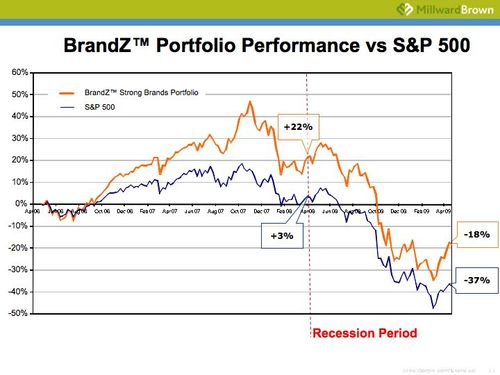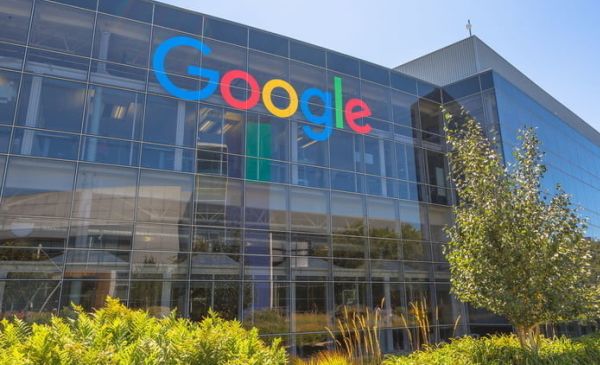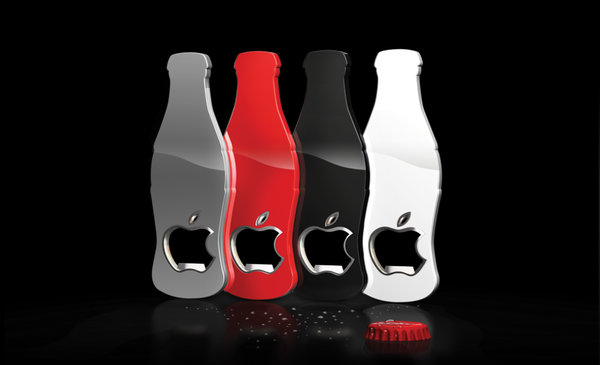In the managerial pecking order within most firms, finance occupies a more central role than the flimsy business of marketing.
Financial people use complex terms like ‘derivatives’ and ‘collateralized debt obligations’, and deal with multibillion-dollar/pound sums on a daily basis. Marketers are a simpler mob, occupying their time with more basic duties, such as brand building and customer satisfaction.
However, when you think about it, shouldn’t it be the other way round? Shouldn’t the marketer, who builds the brand and works with the consumers who pay for everything, have a more exalted position than the manager who simply accounts for and invests the resulting income? Given the corporate shenanigans in the financial sector that have emerged in the past 12 months, doesn’t it make more sense to trust the marketers who generate value, rather than the incomprehensible financial markets that just seem to lose it?
This week’s publication of the annual BrandZ Top 100 Global Brands provides empirical evidence that marketing does indeed beat finance. As you probably know, every year Millward Brown Optimor surveys more than 1m consumers across 30 countries to measure the equity of most of the major brands in the world. It uses this data to create the Top 100, detailed further on in this blog post.
Since 2006, it has also used its data to buy a portfolio of shares in the firms that own the best-performing brands. Each April, Millward Brown Optimor reinvests the money based on that year’s survey results, rather than using complex financial data or expert assessments of company potential.
For the past three years, the BrandZ Top 100 portfolio has beaten the market. As you can see from the graph below, it has been enjoying a significant lead over the S&P 500 – the value weighted index of the 500 biggest companies listed on the US stock markets. During the good years, between April 2006 and April 2008, a $100,000 investment in the BrandZ portfolio would have generated almost $20,000 more in returns compared with the average.
Strong brands enable you to charge a price premium over competitors. They also engender loyalty, which, in turn, ensures repeat purchase and better financial performance. Then there are the indirect benefits, such as employer branding, which ensures better employees can be acquired for less. They will also work harder and stay longer. As we marketers have known for many years, a strong brand is the single most important asset in any business. That is why it makes financial sense to invest in companies with the strongest brands.
Interestingly, over the past 12 months, the BrandZ portfolio has continued to outperform the S&P 500. In April 2008, when the world officially began to enter recession, some might have expected it to falter. The fact that it did not illustrates another advantage of strong brands – they perform better than competitors in a downturn. Strong brands will also be best-placed to grow when the green shoots of recovery begin to appear.
So, please allow me to be the first writer in the 3-year history of Branding Strategy Insider to offer some stock tips. They do not come to you from a mate in the City, or some complex and highly unreliable financial measurement system. They draw instead on a far more reliable source: Millward Brown Optimor’s empirical data on which companies have the strongest brand equity in 2009. They are Nintendo, Bradesco, Nivea, Visa, and DHL. Fill your boots.
The Blake Project Can Help: The Brand Positioning Workshop
Branding Strategy Insider is a service of The Blake Project: A strategic brand consultancy specializing in Brand Research, Brand Strategy, Brand Licensing and Brand Education





